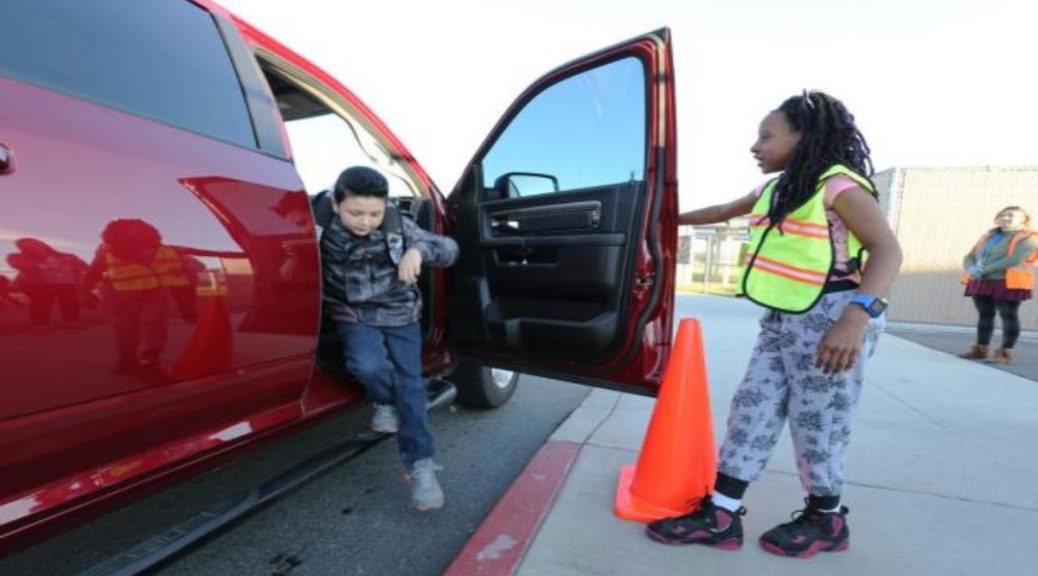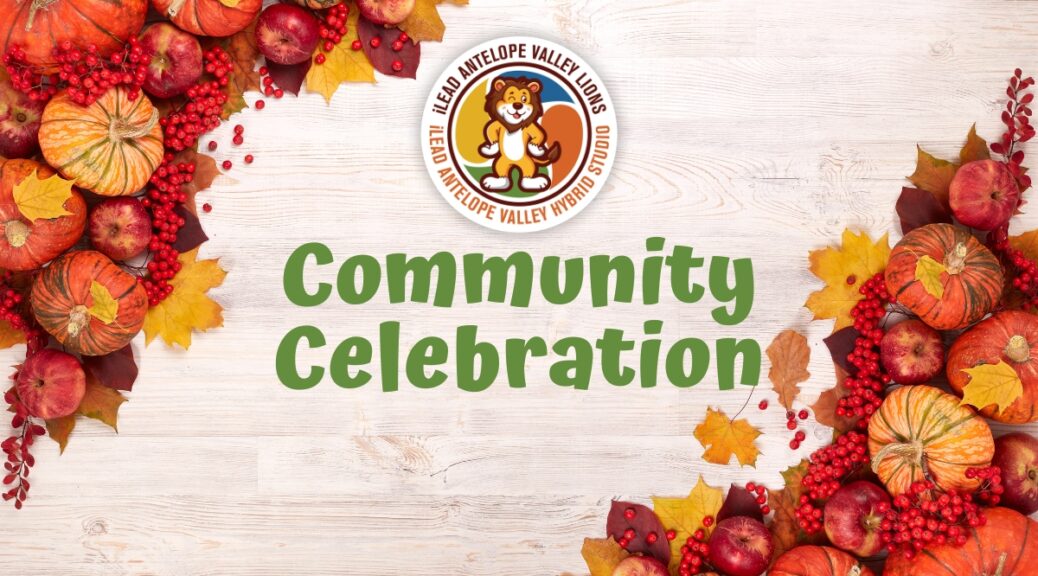In an effort to keep learners and staff safe, please remember to follow these valet procedures:
- Drop-off starts at 8:30 AM. Learners will not be admitted before 8:30 AM.
- Please display your valet card at all times. This is your ticket to pick up your learner.
- Pull up your vehicle as far forward as possible in the valet line.
- Drop off at cones only and wait for a staff member to assist.
- Learners should exit vehicles from the right side of the vehicle.
- Drivers must remain in the vehicle.
- Be patient and courteous.
- Drive slowly and with caution.
Thank you for helping create a safe drop-off and pick-up experience for our learning community!





